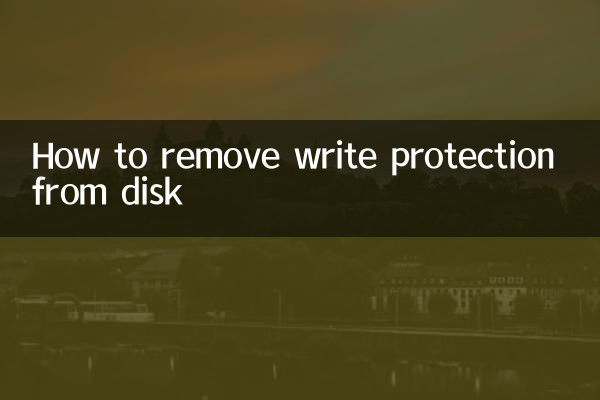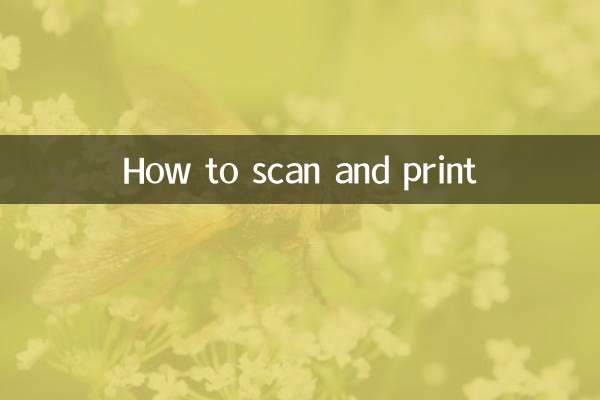How to remove write protection from disk
When using a computer or a mobile storage device on a daily basis, you may encounter a write-protected situation, which will prevent you from writing or modifying files normally. This article will introduce the reasons and solutions for disk write protection in detail, and attach popular topics and hot content for the past 10 days to help you solve problems quickly.
1. Common reasons for disk write protection

Disk write protection can be caused by a variety of reasons, and the following are several common situations:
| reason | describe |
|---|---|
| Physical write protection switch | Some USB drives or SD cards have physical write protection switches, and writing will be prohibited after being turned on. |
| Disk property settings | The disk may be set to read-only mode, resulting in unwritten. |
| File system error | A corruption of the disk file system may cause write protection. |
| Virus or malware | Viruses or malware may modify disk properties, resulting in write protection. |
| Permissions issues | The current user may not have sufficient permissions to write to disk. |
2. Methods to remove disk write protection
For different reasons, the methods of unwritten write protection are also different. Here are some common solutions:
| method | Operation steps |
|---|---|
| Check the physical switch | If it is a USB drive or SD card, check whether there is a physical write protection switch and turn it off. |
| Modify disk properties | Right-click on the disk, select "Properties", and uncheck the "Read-only" option. |
| Using Disk Management Tools | Open "Disk Management", find the corresponding disk, right-click and select "Properties", and cancel write protection. |
| Format disk | If the file system is corrupt, you can try formatting the disk (note the backup data). |
| Use the command line tool | Run CMD as an administrator, enter the "diskpart" command to clear the read-only properties of the disk. |
| Check for viruses | Use antivirus software to scan the disk to remove possible viruses or malware. |
3. Hot topics and hot content in the past 10 days
The following are hot topics and hot content on the entire network in the past 10 days for your reference:
| Hot Topics | Hot content |
|---|---|
| AI | ChatGPT-4.0 is released, triggering a new round of discussions on AI technology. |
| science and technology | Apple iOS 17 official version is pushed, and users will feedback new features and experience. |
| entertainment | Tickets for a star’s concert are gone in seconds, and fans are hotly discussing the problem of grabbing tickets. |
| physical education | The World Cup qualifiers started, and the performance of each team attracted attention. |
| healthy | Influenza is high in autumn, and experts recommend getting vaccinated in advance. |
| economy | Global oil prices fluctuate, and many countries adjust their energy policies. |
4. How to prevent disk write protection issues
To avoid disk write protection issues, the following precautions can be taken:
1.Check disk status regularly: Use the disk inspection tool to scan the disk to detect and fix errors in a timely manner.
2.Avoid frequent plugging and unplugging: Frequent plugging and unplugging of USB drives or mobile hard drives may cause file system corruption.
3.Install antivirus software: Scan the disk regularly to prevent viruses or malware from modifying disk properties.
4.Back up important data: Important data should be backed up regularly to avoid data loss due to disk problems.
5.Use physical switches correctly: For devices with physical write-protected switches, make sure the switch is in the correct position.
5. Summary
Although disk write protection problems are common, they can be solved quickly with the right methods. This article introduces the common causes of disk write protection, removal methods and preventive measures, and attaches hot topics in the past 10 days, hoping to help you better deal with disk write protection issues. If the problem is still not resolved, it is recommended to contact professional technicians or the disk manufacturer for further support.

check the details

check the details